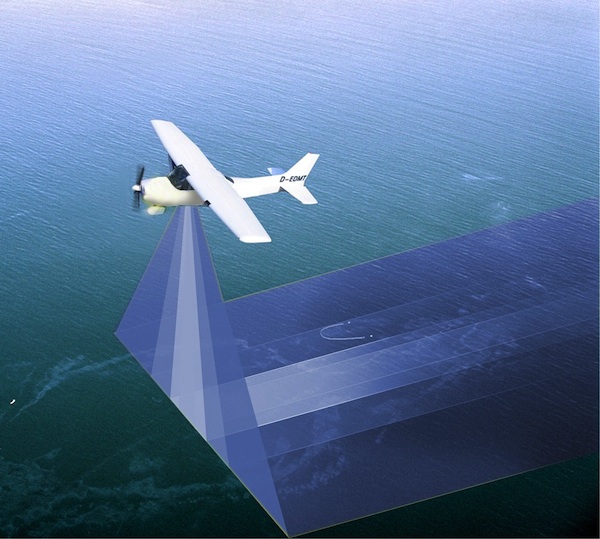Info wanted on airborne sensors, platforms deployable to potential oil spills within 96 hours
The global oil and gas industry needs better ways to plan for oil spill surveillance, and its looking to the airborne remote sensing and commercial satellite industries for help.
The International Association of Oil and Gas Producers and the International Petroleum Industry Environmental Conservation Association have commissioned an oil spill response project to identify gaps in its airborne remote sensing and commercial satellite capabilities when responding to spills.
To support its efforts, the project is asking airborne sensor and platform providers to complete respective surveys on products they sell for oil spill response.
The survey has two conditions:
- any sensors and platforms that are included in the survey should be deployable to potential oil spills within 96 hours, at least in principle.
- the survey defines portable sensors as those that do not need to be deployed fully integrated into a pre-specified platform. In other words, portable sensors can potentially be hosted on unspecified platforms subject to appropriate hosting requirements.
The goal is to develop an information resource on relevant suppliers for the oil and gas industry, and to obtain recommendations for the future application of airborne remote sensing in responding to oil spills.
There are two surveys available, one for airborne platform providers and one for airborne sensor providers. Companies falling into both of groups are asked to complete just one survey. The survey deadline is Dec. 20.
The online surveys are here:
For Airborne Platform Providers
For Airborne Sensor Providers






